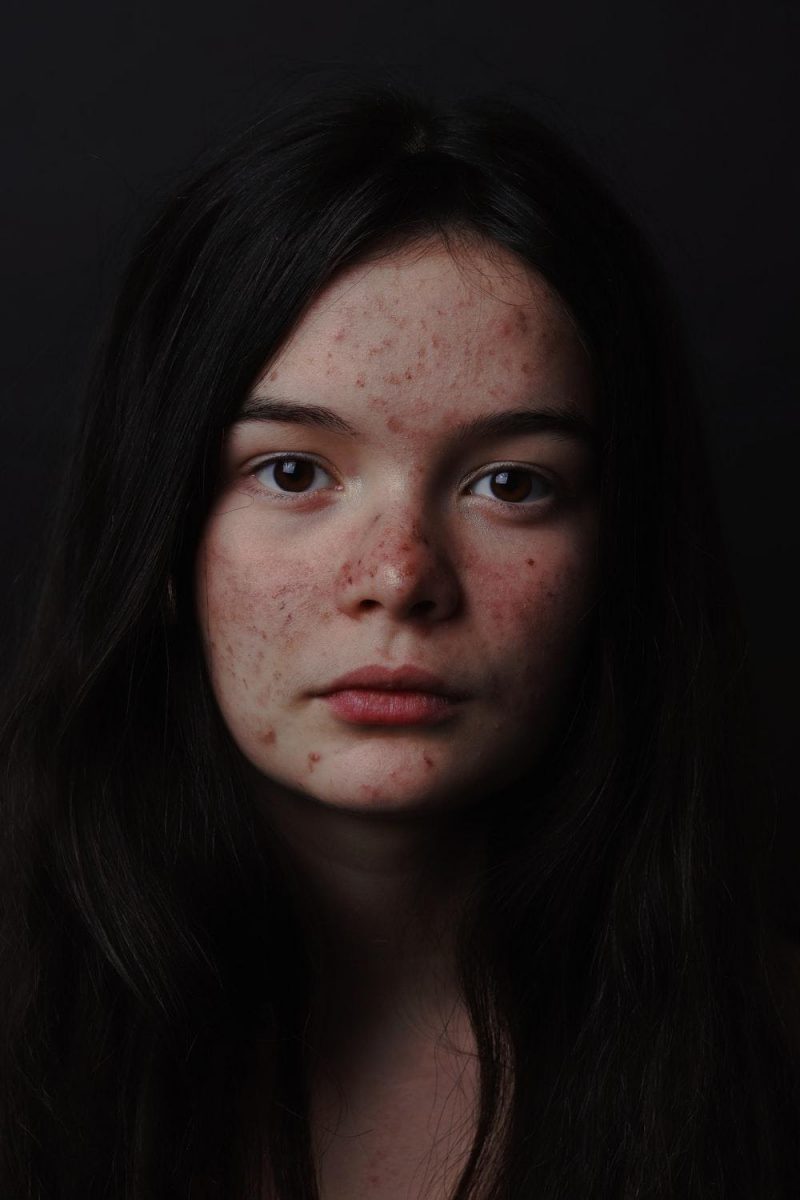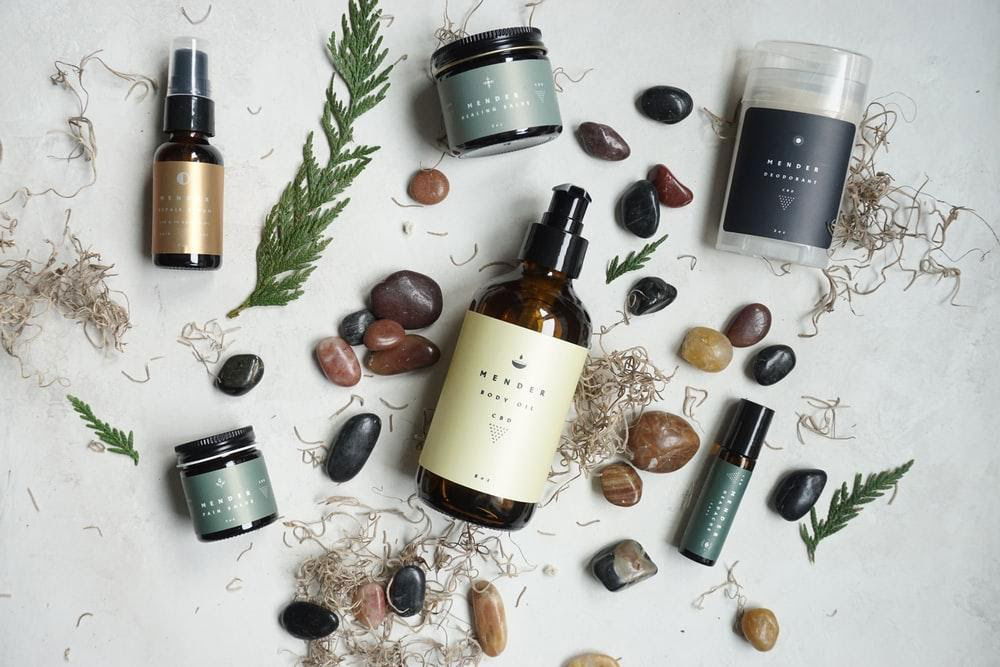
 View 3 slides
View 3 slides 9 Of The Most Dangerous Social Media Skin-Care Myths That You Should Avoid
9 Of The Most Dangerous Social Media Skin-Care Myths That You Should Avoid


Advertisement
Social media is a place where we get all kinds of tips, tricks, and advice to change our lives these days. Whenever we decide whether an idea is a good idea or to get product reviews, social media is part of our decision-making process.
And that’s not really a bad thing. The platforms provide a broad perspective on many different things. You can easily tap into the knowledge of professionals or trusted product reviewers to gather information.
But social media does have a cost to it and people are starting to see what those problems are: misinformation. For sure, there are legit pieces of advice that are genuinely helpful. There are videos out there that provide effective and safe tips. But there are a lot of sensationalizing posts and click-bait transformation posts that scatter social media that can be filled with misleading information too.
And lately, a lot of that behavior we’re starting to see on Instagram and TikTok on the topic of skin-care advice.
On those platforms, certain myths around beauty have taken off and they use all kinds of techniques. Everything from fear-mongering tactics, to convincing edits or people saying the wrong or misleading advice over and over again.
With no sense of fact-checking filtration for these sorts of things, this content can fill people’s feed and they can take it as legit.
Fortunately, there are still experts out there who are providing advice and countering these myths. These people are dermatologists. They’ve spent years of training and rely on scientific studies and facts to do their jobs every day.
Below are some of the myths that have emerged on the platform and what dermatologists have said with regards to the truth behind these trends.
Myth 1: Silicones Cause Acne

The first myth to cover is in regards to silicones. According to the myth, silicones are often found in makeup primer, foundation, moisturizer, sunscreen and hair products. They’re there mainly for their smoothing properties, their emollient nature, and the promotion of softness and smoothness in skin and hair.
This myth is that while silicones do that, they also ‘block’ pores and cause acne to develop.
This is simply not true as a peer-reviewed study of silicones versus other ingredients looked at 52 moisturizers for comedogenicity. Through that study, it was uncovered that dimethicone – a type of silicone – is suitable for people who have acne or are sensitive to it.
According to Dr. Loretta Ciraldo, a Miami-based board-certified dermatologist and founder of Dr. Loretta skincare, she emphasizes this by stating that many oil-free moisturizers are based on silicones as well and work on acne-prone skin.
Myth 2: You’re Able To Contour Or Highlight Using Sunscreen

This notion was sparked by Gwyneth Paltrow who shared a video chronicling her beauty routine. It was then posted on Vogue.
The problem is that it is a huge myth. According to Dr. Hadley King, a New York City-based board-certified dermatologist at Day Dermatology & Aesthetics and Clinical Instructor of Dermatology at the Weill Medical College of Cornell University:
“Contouring or highlighting with sunscreen is a bad idea because you need properly applied SPF protection for all of the skin. Most people only apply 25 to 50% of the recommended amount of sunscreen. The guidelines are to apply one ounce — that’s enough to fill a shot glass — to the exposed areas of the face and body, and a nickel-sized dollop to the face alone. If you’re using a spray, apply until an even sheen appears on the skin. That’s the amount you need to apply to get the advertised SPF. And this should be applied evenly to the whole surface. Remember that there’s no such thing as a healthy tan — a tan is a defense mechanism that kicks in when your DNA is getting damaged.”
Myth 3: You Can Get Overnight Results After Using A Product Once

This one is a no brainer. If you’ve used beauty products before, you know you won’t see any significant or noticeable change over the course of the night. But if we’re to put a specific number to it, Dr. Elyse Love, a New York City-based board-certified dermatologist at Spring Street Dermatology and GlamDerm Gramercy, says three weeks of use would be reasonable. However six weeks of consistent use would be an even better one.
The reason these myths catch on is that we’re always so eager for faster solutions. And if someone tells you certain products work faster, we’re more likely to take them. It’s better to trust what you already know and take the slow and steady method.
What’s worse is some outcomes will even take procedures to achieve – something these myth starters would conveniently leave out.